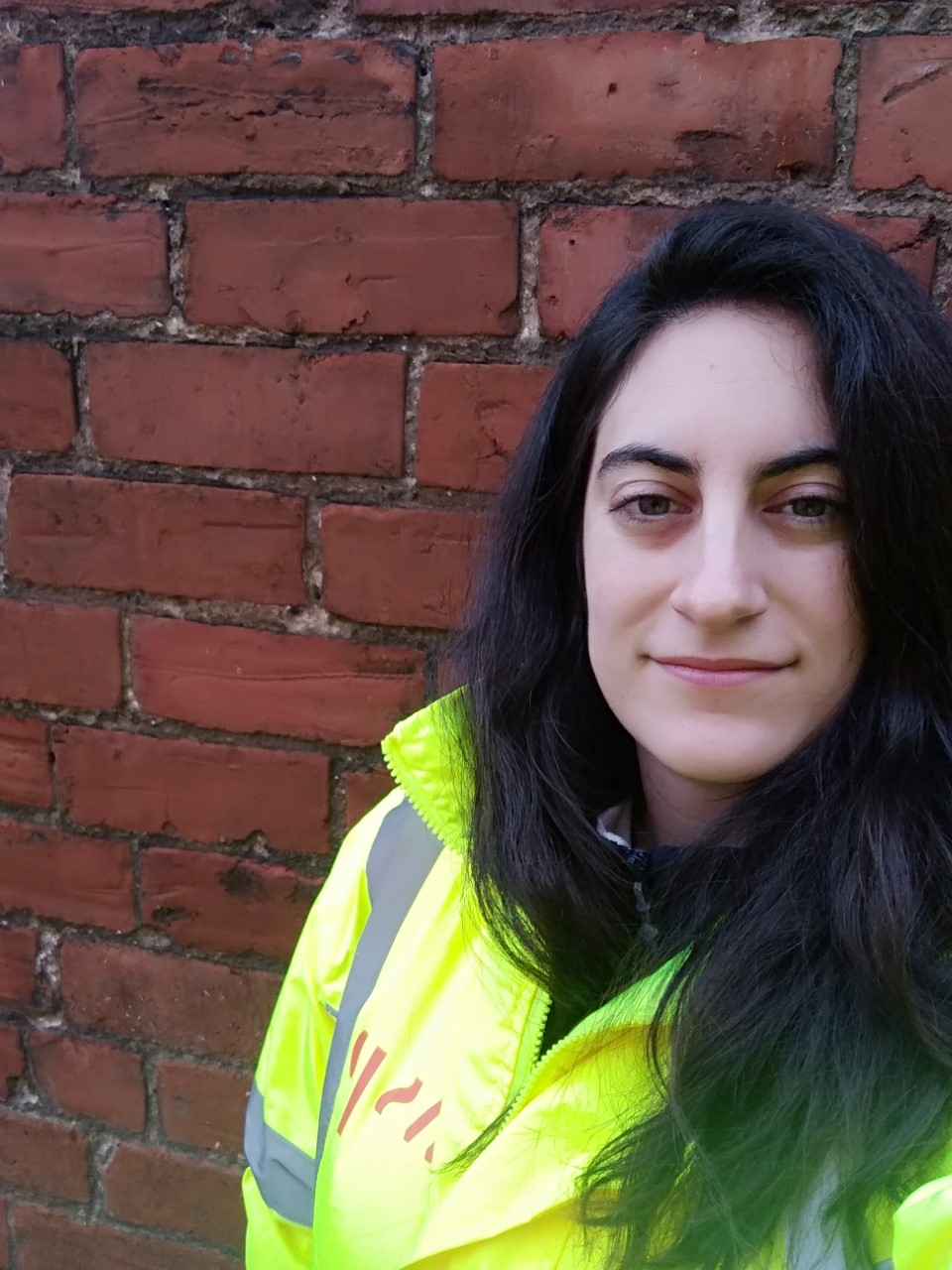

As part of International Day of Women and Girls in Science 2021 CIHT has asked leading CIHT STEM Ambassadors the key questions we need answered. In this Q&A we speak to Laura Menendez Gonzalez, Senior Engineer, WSP.
I believe that there are 2 main things to this. Firstly, what we all do is look around us for examples, our immediate family, friends and so on. So if currently there is a small number of adults in our life that do a STEM related subject, we may not feel inclined to select that sort of path in the first time. This links directly to my other point, which is the way the different professional careers get showcased. Females like to support and help, so wouldn't it make sense to explain some of the career paths in those more appealing terms? For example, I am a senior engineer working on road maintenance. Doesn't sound like the most exciting of things, but the way I see it what I do helps people get together, by improving the road network, people can drive safely to see family or visit friends. Children can go to school. Deliveries can take place in hospitals. Humans settle around infrastructure. I truly believe that by giving more examples and showcasing diversity, the number of females in STEM can be increased
I would say there needs to be an aim at young people still in education. Apprenticeships are such an effective way of obtaining on-the-job experience rather than having to commit to higher education, that it should be used as a tool to encourage people to work while they decide what area interests them best. But also, don't be afraid of targeting those who have not studied or have not worked in the highways, transportation or construction sector before. Skills can be transferred and someone that may not be a 100% match at first could adapt to be much more than expected.
Flexibility and inclusivity are key. Companies need to show that they are not only willing to take on a diverse workforce, but also to integrate them and adapt their current ways of working and leadership structures. But if the change only goes up to a point, this will quickly be picked up by the workforce. There has to be an aim to improve time after time and year after year.
Senior Engineer, WSP

A significant gender gap has persisted throughout the years at all levels of science, technology, engineering and mathematics (STEM) disciplines all over the world. Even though women have made tremendous progress towards increasing their participation in higher education, they are still under-represented in these fields.
Gender equality has always been a core issue for the United Nations. Gender equality and the empowerment of women and girls will make a crucial contribution not only to economic development of the world, but to progress across all the goals and targets of the 2030 Agenda for Sustainable Development, as well.
On 14 March 2011, the Commission on the Status of Women adopted a report at its fifty-fifth session, with agreed conclusions on access and participation of women and girls in education, training and science and technology, and for the promotion of women’s equal access to full employment and decent work. On 20 December 2013, the General Assembly adopted a resolution on science, technology and innovation for development, in which it recognized that full and equal access to and participation in science, technology and innovation for women and girls of all ages is imperative for achieving gender equality and the empowerment of women and girls.
On 22 December 2015, the General Assembly adopted a resolution to establish an annual International Day to recognize the critical role women and girls play in science and technology communities. In welcoming the efforts of the United Nations Educational, Scientific and Cultural Organization (UNESCO), the United Nations Entity for Gender Equality and the Empowerment of Women (UN Women), the International Telecommunication Union (ITU) and other relevant organizations that support and promote the access of women and girls and their participation in science, technology, engineering and mathematics education, training and research activities at all levels decided to proclaim 11 February of each year the International Day of Women and Girls in Science.
Find out more here https://www.un.org/en/observances/women-and-girls-in-science-day/
The opinions expressed are those of the author. They do not purport to reflect the opinions or views of the CIHT or its members. Neither the CIHT nor any person acting on their behalf may be held responsible for the use which may be made of the information contained therein.